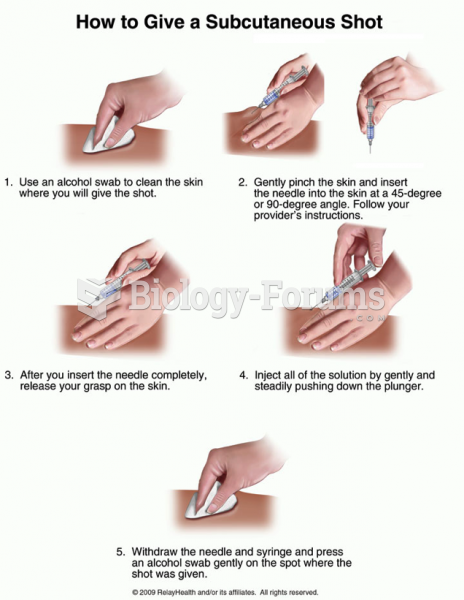Answer to Question 1
10 Provide clear and comprehensive descriptions of three specific learning disabilities and their behavioral implications. Choose one and clearly describe academic and behavioral intervention strategies you would use with this child in your classroom.
8 Provide clear, but not comprehensive descriptions of three specific learning disabilities and their behavioral implications. Choose one and describe academic and behavioral intervention strategies you would use with this child in your classroom.
6 Provide somewhat clear, but not comprehensive descriptions of two to three specific learning disabilities and their behavioral implications. Choose one and describe some intervention strategies you might be able to use with this child in your classroom.
4 Provide unclear, not comprehensive descriptions of one to three specific learning disabilities and a few of their behavioral implications. Choose one and vaguely describe some intervention strategies you might be able to use with this child in your classroom.
2 Provide unclear, not comprehensive descriptions of one to three specific learning disabilities and a few of their behavioral implications. Choose one and vaguely describe some inappropriate intervention strategies.
Answer to Question 2
10 Clearly and accurately discuss informal and formal educational techniques and include specific examples of when and how they would be used. Describe a classroom situation in which you might use each informal measure.
8 Accurately discuss informal and formal educational techniques and include examples of when and how they would be used. Describe a classroom situation in which you might use each informal measure.
6 Accurately discuss some informal and formal educational techniques and include a few examples of when and how they would be used. Describe a classroom situation in which you might use some informal measures.
4 Discuss some informal and formal educational techniques and include a few examples of when and how they might be used. Unclearly describe a classroom situation in which you might use a few informal measures.
2 Discuss some informal or formal educational techniques, but do not include examples of when and how they might be used. Inaccurately describe a classroom situation in which you might use a few informal measures.







